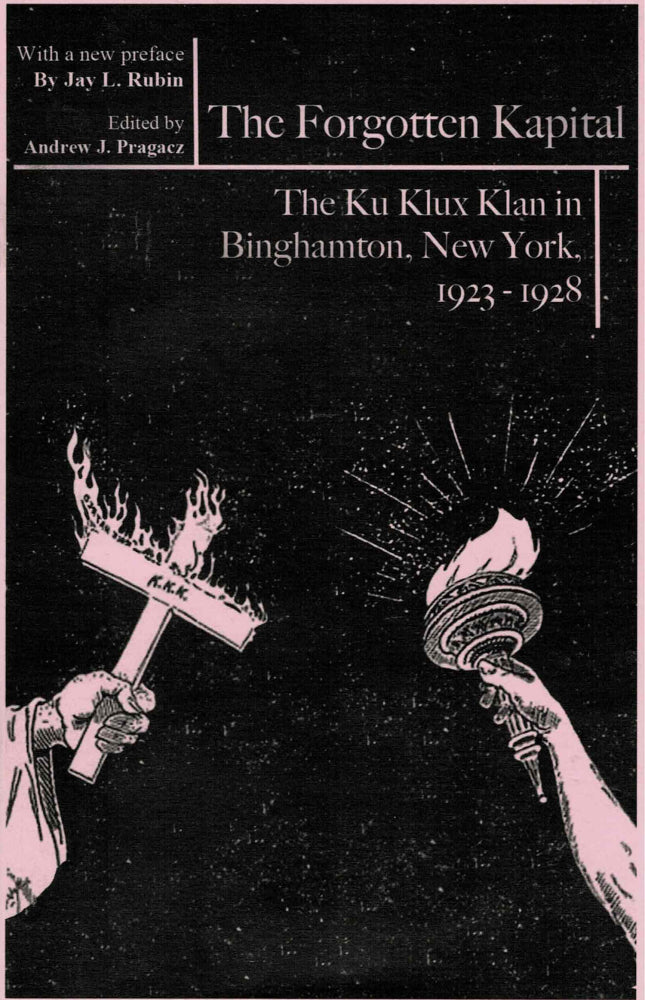PM Press
The Forgotten Kapital: The Ku Klux Klan in Binghamton, New York, 1923-1928
The Forgotten Kapital: The Ku Klux Klan in Binghamton, New York, 1923-1928
Couldn't load pickup availability
This study describes the activities of the KKK in Binghamton, New York, the state's headquarters for the Klan in the 1920's. It also examines the social and political factors involved in the Klan's growth and decline.
From the pamhplet:
The revived Ku Klux Klan of the 1920's was a nationwide phenomenon strikingly different from its Recontruction ancestor. Where the first Klan was based in the South, its successor boasted nationwide appeal. In the postwar years, between two and five million Americans knelt before a fiery cross and pledged their fraternal allegiance and political energies to the Knights of the Ku Klux Klan. The invisible Empire, aptly termed by one journalist "the most vigorous, active, and effective force in American life, outside buisness," touched every corner of the nation. Powerful Klan realms existed in the northern industrial states of Indiana, Ohio, and Illinois. Oregon, a state which was 97 percent white, had more Klan members than Mississippi, South Carolina, and Virginia combined. In 1924, nearly two-thrids of all Klansmen came from states outside the original Confederacy.
Following initial success with recruitment drives above the Mason-Dixon Line, Klan organizers were dispatched from Atlanta in large numbers after 1921 and given specific domains from which to enlist new members. New York State figured high in Klan membership plans. If any state in the nation could be described as teetering on the brink of domination by Catholics, Jews, and the foreign-born, New York, with its exceptional concentration of immigrant groups, came the closest.


